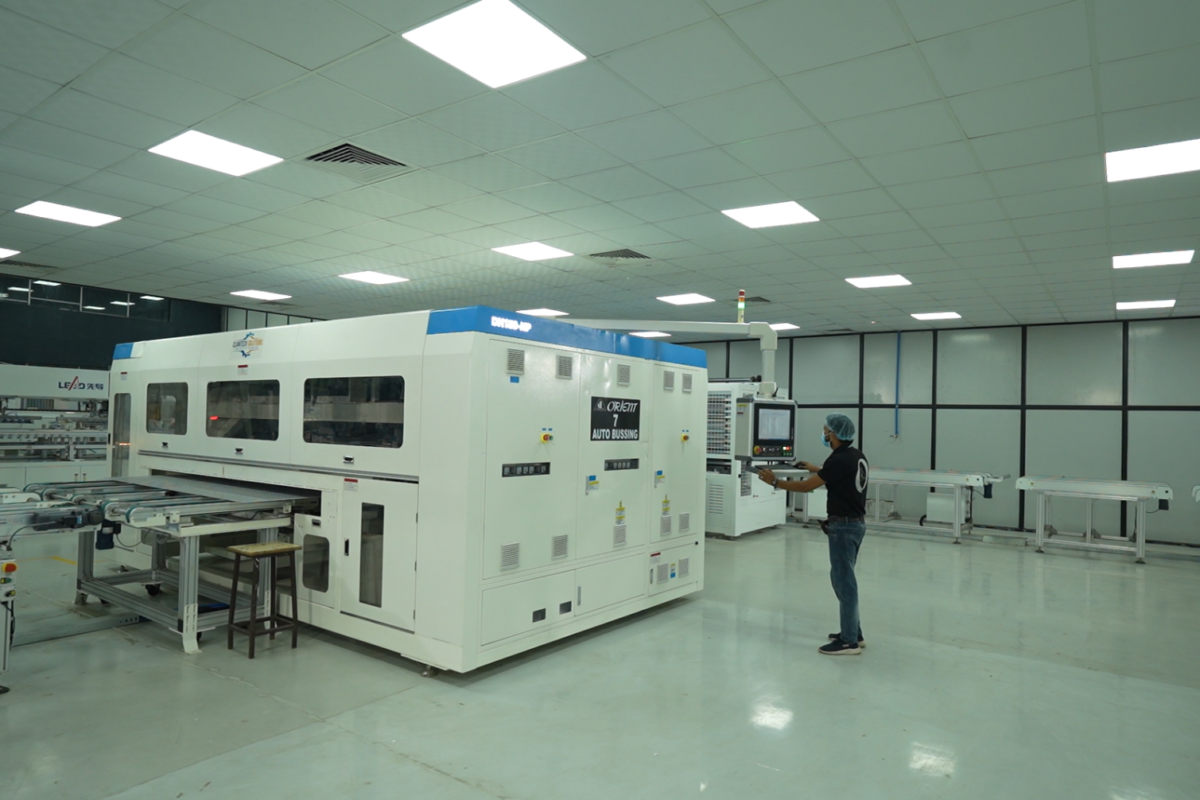Given that global steel demand is projected to grow by 32% by 2050, largely driven by infrastructure expansion and industrial development, the need to decouple steel production from carbon emissions is both urgent and complex. Here is where hydrogen, particularly green hydrogen, emerges as a powerful catalyst for change.
As one of the most carbon-intensive industries in the world, the iron and steel sector sits at the centre of the global decarbonisation agenda. Responsible for an estimated 7–9% of global greenhouse gas emissions, the sector must urgently reimagine its production methods to align with net-zero targets and the 1.5°C global warming cap set under the Paris Agreement.
Despite progress in adopting cleaner technologies, such as Electric Arc Furnaces (EAFs), which now account for 43% of planned new steelmaking capacity, up from 33% in 2022, conventional steelmaking methods continue to dominate. The blast furnace-basic oxygen furnace (BF-BOF) route still accounts for 72% of global steel production, emitting an average of 2.3 tonnes of CO₂ per tonne of steel produced. In comparison, EAFs powered by recycled scrap emit only 0.7 tonnes, while direct reduced iron (DRI)-EAF combinations release approximately 1.4 tonnes.
Given that global steel demand is projected to grow by 32% by 2050, largely driven by infrastructure expansion and industrial development, the need to decouple steel production from carbon emissions is both urgent and complex. Here is where hydrogen, particularly green hydrogen, emerges as a powerful catalyst for change.
Why Hydrogen Matters
Hydrogen-based steelmaking, especially through the DRI-EAF (Direct Reduced Iron in an Electric Arc Furnace) route, offers a viable and scalable pathway to decarbonisation. Instead of using carbon-based reductants such as coke to extract iron from ore, hydrogen can serve as a clean reductant, producing water vapour instead of CO₂ as a byproduct.
When the hydrogen itself is generated through electrolysis powered by renewable energy, it becomes “green hydrogen”, an emission-free fuel source capable of transforming the steelmaking value chain.
Recognising its transformative potential, global institutions like the International Energy Agency (IEA) and the World Economic Forum have positioned hydrogen-based steel production as a central pillar of industrial decarbonization.
According to IEA estimates, hydrogen could enable 21% of the required emissions reductions in the steel sector by 2050. To meet this target, hydrogen would need to supply up to 29% of the sector’s energy demand, requiring a staggering 48 million tonnes of clean hydrogen annually, a dramatic increase from today’s near-zero levels. Infrastructure Will Be Key
Despite the promise, widespread adoption of hydrogen in steelmaking hinges not just on production costs and renewable electricity availability, but also on infrastructure readiness.
India’s existing 33,000 km natural gas pipeline grid offers only a temporary workaround, as current networks are typically capped at 3% hydrogen blending by volume due to material limitations. The high diffusivity of hydrogen and its potential to cause metal embrittlement in pipelines means that true-scale transmission will require purpose-built infrastructure. This includes the use of specialised materials, coatings, and testing protocols to ensure safety and performance at scale.
Acknowledging this, companies in the pipeline and materials sector have begun developing next-generation steel solutions tailored for hydrogen transmission. Some of these innovations have already achieved certification from global testing authorities such as RINA Consulting – Centro Sviluppo Materiali S.p.A., marking a step forward in readiness for the hydrogen economy.
India’s Decarbonisation Challenge and Opportunity
As the world’s second-largest steel producer, India plays a pivotal role in global steel decarbonisation efforts. The country’s steel sector contributes around 12% of its total CO₂ emissions, underscoring the scale of its climate challenge. Moreover, with domestic steel production expected to double over the next decade, decarbonising this growth is critical to India’s national climate goals and future global competitiveness.
India’s decarbonisation roadmap places green hydrogen at its core. The hydrogen-based DRI-EAF method, when integrated with renewable energy, can reduce direct process emissions by up to 90%. While this shift won’t occur overnight, India is actively laying the groundwork through pilot facilities, incremental retrofits, and policy-backed incentives aimed at mainstreaming hydrogen use in steel production.
By 2030, hydrogen adoption is expected to drive a 30% reduction in emissions intensity versus 2023 levels, potentially cutting up to 50 million tonnes of CO₂ emissions annually. Although hydrogen will not yet dominate the steelmaking process by this time, its impact when combined with electrification, energy efficiency improvements, and increased recycling will significantly lower the sector’s carbon curve.
The Road Ahead
The promise of hydrogen in steelmaking is no longer hypothetical. From pilot projects in Europe to emerging initiatives in India, a global movement is underway to build a cleaner, more sustainable future for steel. But this transition requires more than technological breakthroughs, it demands collaboration across the public and private sectors, accelerated investment in green hydrogen infrastructure, and a clear policy roadmap that enables innovation without compromising competitiveness.
Hydrogen may not be the silver bullet for every steelmaking challenge, but it represents a game-changing opportunity, one that could redefine the environmental footprint of an industry critical to modern civilisation. As green hydrogen gains momentum, the supporting infrastructure, including hydrogen-ready pipelines and certified steel solutions, will play a defining role in determining how fast, and how far, the industry can go.
For India and the world, investing in hydrogen now is not just about decarbonising steel, it’s about forging a low-carbon future that is as strong and resilient as the metal itself.
The views and opinions expressed in this article are the author’s own, and do not necessarily reflect those held by pv magazine.
This content is protected by copyright and may not be reused. If you want to cooperate with us and would like to reuse some of our content, please contact: editors@pv-magazine.com.
Popular content





